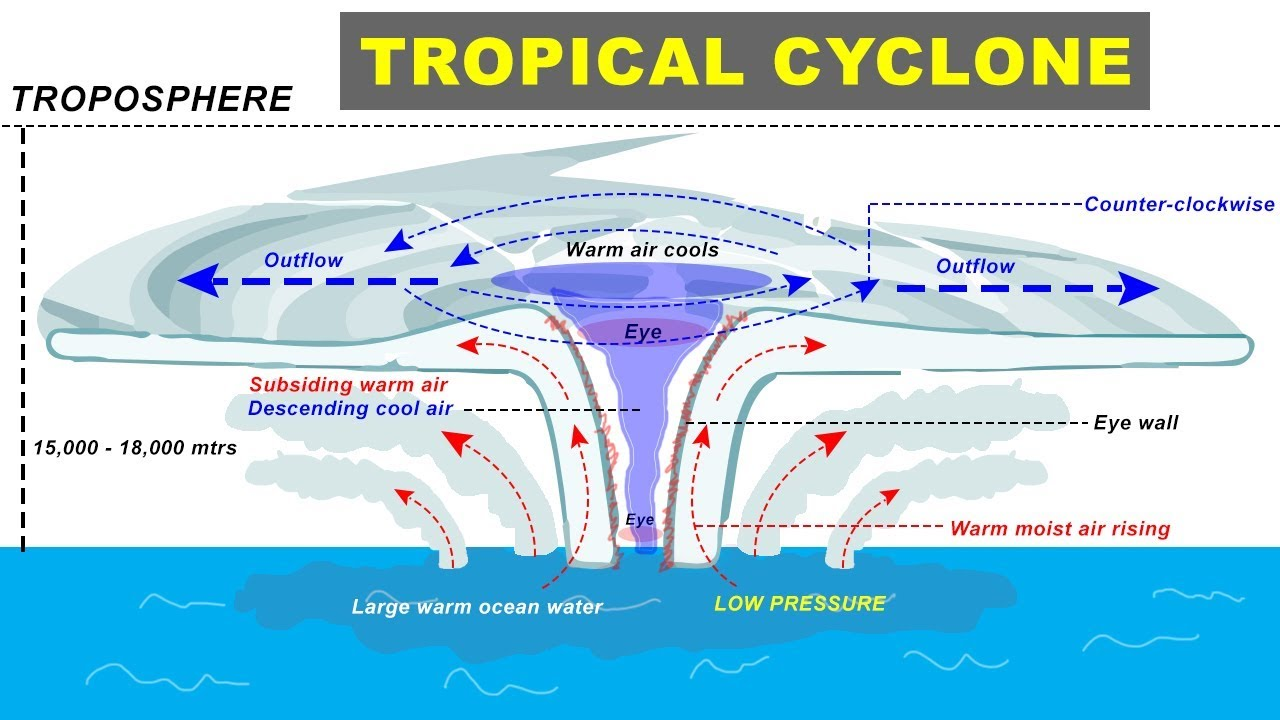- Courses
- GS Full Course 1 Year
- GS Full Course 2 Year
- GS Full Course 3 Year
- GS Full Course Till Selection
- Answer Alpha: Mains 2025 Mentorship
- MEP (Mains Enrichment Programme) Data, Facts
- Essay Target – 150+ Marks
- Online Program
- GS Recorded Course
- Polity
- Geography
- Economy
- Ancient, Medieval and Art & Culture AMAC
- Modern India, Post Independence & World History
- Environment
- Governance
- Science & Technology
- International Relations and Internal Security
- Disaster Management
- Ethics
- NCERT Current Affairs
- Indian Society and Social Issue
- NCERT- Science and Technology
- NCERT - Geography
- NCERT - Ancient History
- NCERT- World History
- NCERT Modern History
- CSAT
- 5 LAYERED ARJUNA Mentorship
- Public Administration Optional
- ABOUT US
- OUR TOPPERS
- TEST SERIES
- FREE STUDY MATERIAL
- VIDEOS
- CONTACT US
Cyclone Fengal Hits Tamil Nadu and Puducherry
Cyclone Fengal Hits Tamil Nadu and Puducherry
- Cyclone Fengal, which made landfall along the Puducherry-Tamil Nadu coast on November 30, weakened into a deep depression on 1 November 2024.
- However, it caused heavy rainfall and flooding in several areas in Puducherry and parts of Tamil Nadu.
- The cyclone’s impact also disrupted transport, with flights delayed and trains canceled.
- Puducherry received its heaviest rainfall in 30 years, causing severe flooding.
- Power outages occurred due to submerged substations, but restoration efforts were underway.
- The Indian Army, NDRF, and local teams rescued over 600 people from flooded areas.
- Chennai avoided major flooding due to precautionary measures, though heavy rain affected other parts of Tamil Nadu. Relief efforts included the distribution of food packets to affected people.
- In Tiruvannamalai, a mudslide trapped a family, and rescue operations were ongoing.
- The cyclone's effects also reached parts of Andhra Pradesh, Telangana, Karnataka, and Kerala. A red alert was issued for Kerala's northern districts, and educational institutions were closed.
|
What are cyclones and How are they formed? Cyclones, also known as hurricanes or typhoons depending on their location, are intense, low-pressure systems that form over warm ocean waters. The process of cyclone formation involves several key stages and specific environmental conditions:
1. Warm Ocean Water
2. Low-Pressure Area
3. Rising Warm Air and Cloud Formation
4. Development of the Eye
5. Strengthening the Cyclone
6. Cyclone Maturity and Movement
|
Who Names Cyclones?
- The World Meteorological Organization (WMO) and United Nations Economic and Social Commission for Asia and the Pacific (UNESCAP) are responsible for naming cyclones in the North Indian Ocean region.
- Member Countries: The WMO/UNESCAP panel comprises 13 countries:
- Bangladesh, India, Iran, Maldives, Myanmar, Oman, Pakistan, Qatar, Saudi Arabia, Sri Lanka, Thailand, United Arab Emirates (UAE), and Yemen.
- Naming Process: Each member country contributes a list of 13 names, which are used sequentially for naming cyclones as they form in the region.
- These names are assigned based on a rotation system.
- Purpose of Naming: The naming system helps in easy identification, public awareness, and effective communication about the cyclone's progress and warnings.
Origin of the Name "Fengal"
- The name "Fengal" was proposed by Saudi Arabia and has Arabic roots. It is a unique and culturally significant name, chosen to reflect linguistic traditions and regional diversity within the WMO/UNESCAP panel.
-
Criteria for Cyclone Names:
- The names must be short, distinctive, and easy to pronounce.
- Names should not be offensive in any language or culture, ensuring they are neutral and non-controversial across various regions.
Cyclone Naming Process and Rotation
- The list of cyclone names was devised in 2020.
- Each member country contributes 13 names, which are used in sequence without repetition. \
- Once a name is used, it is retired and not reused.
- Next Cyclone Names:
- After Fengal, the next cyclone will be named Shakhti (proposed by Sri Lanka).
- Other future names in the queue include Montha (suggested by Thailand).
- This naming rotation ensures that the system remains efficient and orderly, avoiding confusion during a season with multiple storms.
Notable cyclones, their origins, meanings, and impacts:
|
Cyclone Name |
Origin |
Meaning |
Impact |
|
Fengal (Nov 2024) |
Proposed by Saudi Arabia |
Arabic word, reflecting linguistic traditions and cultural identities |
Intensified over the southwest Bay of Bengal and became a significant storm in late November 2024. |
|
Dana (Oct 2024) |
Suggested by Qatar |
‘Generosity’ in Arabic |
Made landfall along the Odisha coast in October 2024, causing considerable damage in the region. |
|
Remal (May 2024) |
Suggested by Oman |
‘Sand’ in Arabic |
A severe storm that affected West Bengal and Bangladesh, making landfall between Sagar Island and Khepupara. |
|
Mandous (Dec 2022) |
Proposed by UAE |
Meaning not widely publicized |
Crossed the north Tamil Nadu coast near Mamallapuram, causing power disruptions, uprooted trees, and fatalities. |
|
Sitrang (Oct 2022) |
Suggested by Thailand |
Pronounced "Si-Trang", name from Thailand |
Made landfall in Bangladesh, bringing heavy rainfall to Northeast India. |
|
Asani (May 2022) |
Proposed by Sri Lanka |
‘Wrath’ in Sinhala |
Formed in the North Indian Ocean and impacted Andhra Pradesh, making landfall near Machilipatnam and Narsapur. |
|
Ockhi (2017) |
Named by Bangladesh |
‘Eye’ in Bengali |
Caused widespread destruction in India and Sri Lanka, especially in Kerala, Goa, Lakshadweep, and Tamil Nadu. |
|
Mora (May 2017) |
Suggested by Thailand |
‘Star of the sea’ / Healing stone |
Caused severe flooding in Northeast India, particularly in Tripura and Assam. |
Cyclone Names in the Indian Region:
- Indian Names: Gati (speed), Megh (cloud), Akash (sky).
- Neighboring Country Names:
- Bangladesh: Ogni, Helen, Fani.
- Pakistan: Laila, Nargis, Bulbul.
The practice of naming cyclones helps raise awareness and facilitates disaster management by ensuring clear communication of warnings and forecasts.
Must Check: Best IAS Coaching In Delhi
UPSC Prelims Result 2024 Out: Expected Cut Off & Other Details, UPSC Prelims 2024 Answer with Explanation, Daily Prelims Quiz, Daily Current Affairs, MONTHLY CURRENT AFFAIRS TOTAL (CAT) MAGAZINE, Best IAS Coaching Institute in Karol Bagh, Best IAS Coaching Institute in Delhi, Daily Mains Question Answer Practice, ENSURE IAS UPSC Toppers, UPSC Toppers Marksheet, Previous Year Interview Questions, UPSC Syllabus





